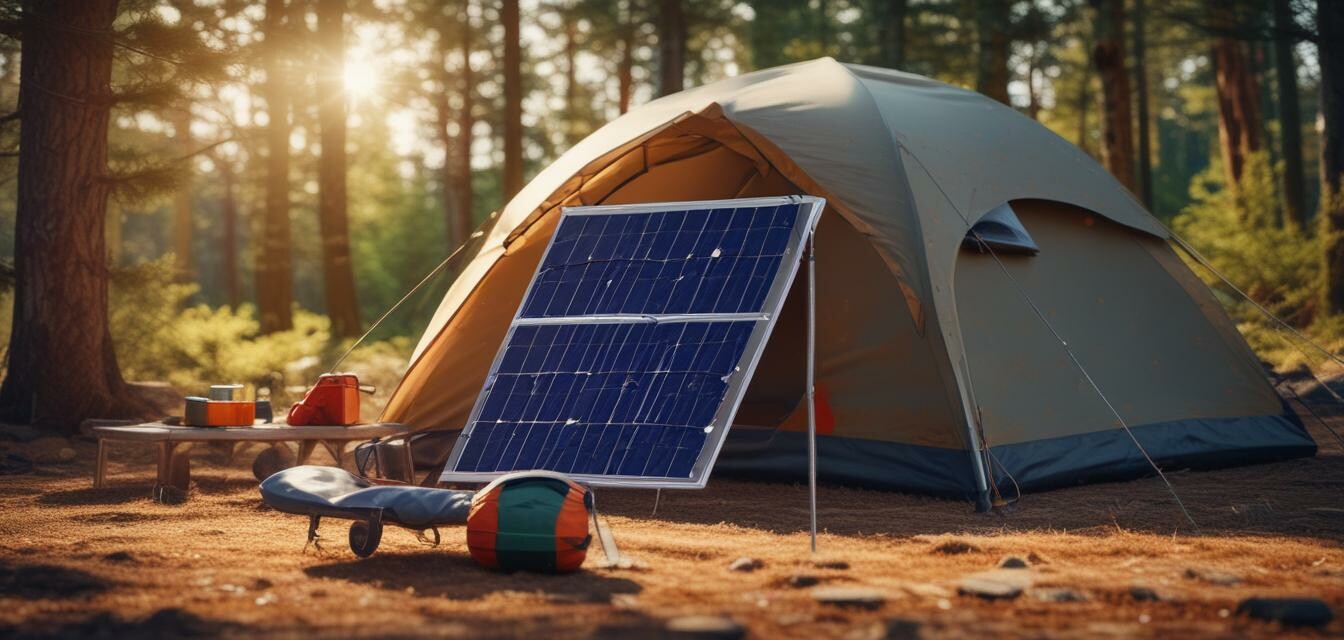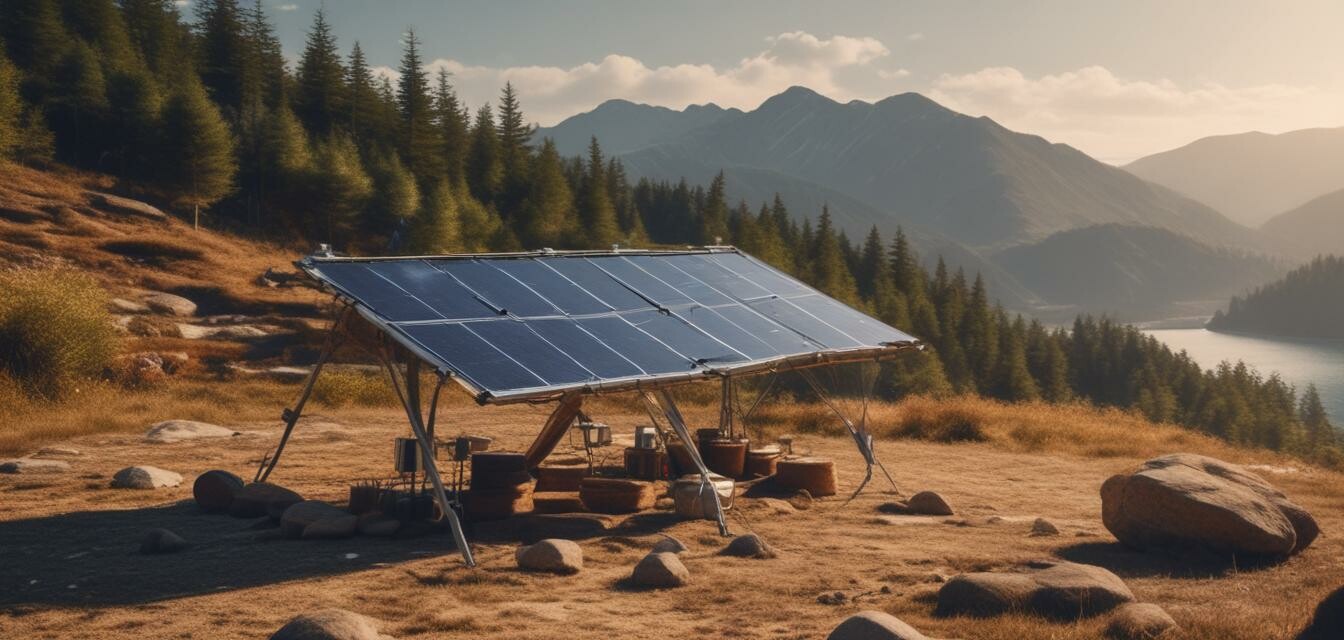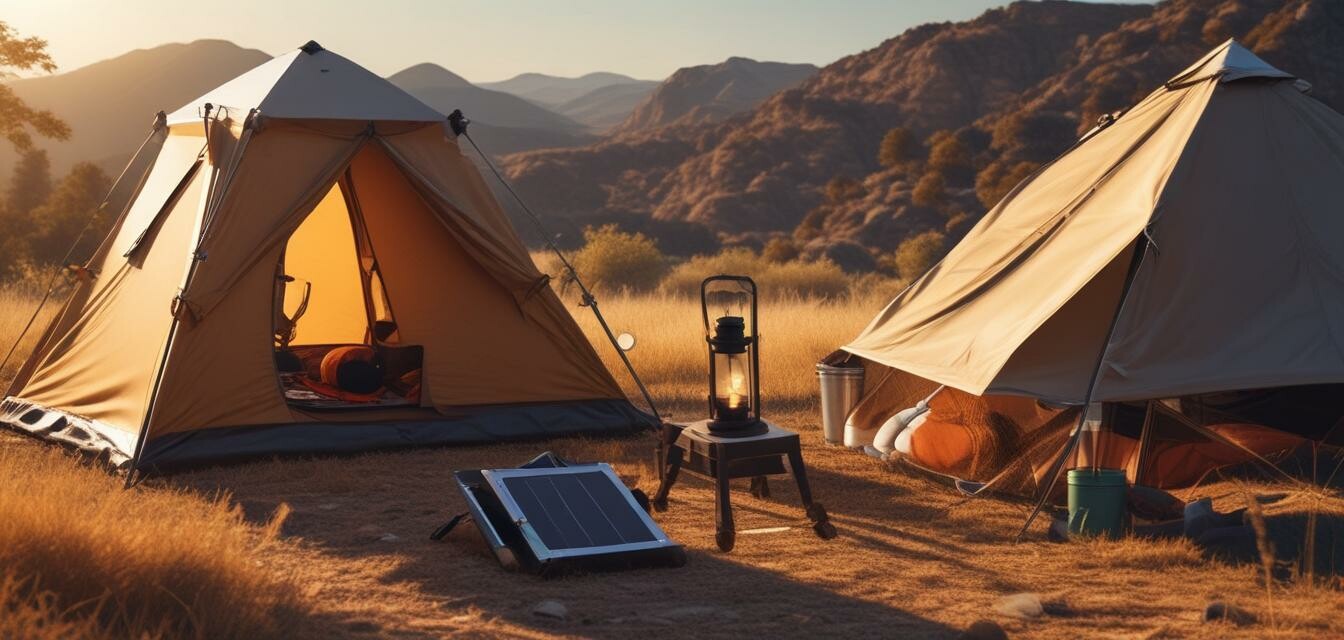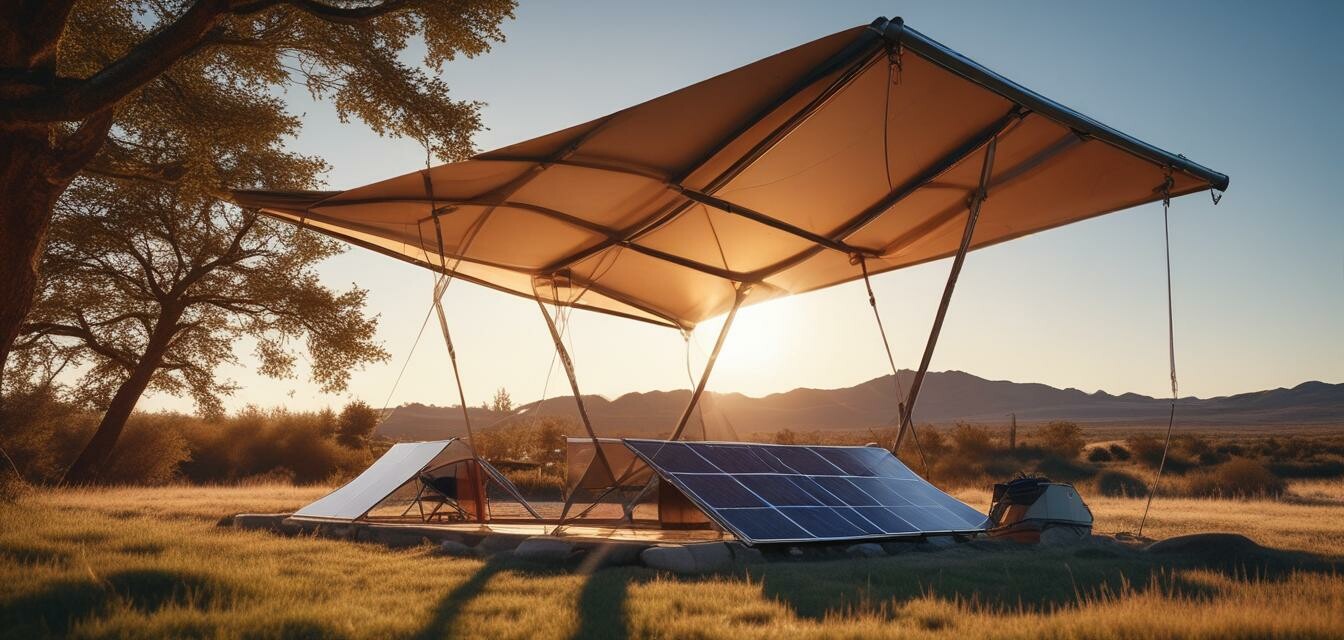
Maintenance of Solar-Powered Shelters
Making the most out of your solar-powered camping shelter requires regular maintenance to ensure it remains in top condition. In this article, we'll explore the essential tips and tricks for maintaining and extending the life of your solar-powered camping shelter.
Key Takeaways
- Regularly clean the solar panels to ensure maximum energy generation.
- Inspect the shelter's fabric and seams for any signs of damage or wear.
- Store the shelter in a dry, cool place when not in use.
- Perform routine checks on electrical components and connections.
Why Maintenance Matters
A well-maintained solar-powered camping shelter can provide you with a comfortable and sustainable camping experience. Neglecting maintenance, on the other hand, can lead to reduced energy generation, damaged components, and even safety hazards. By following these simple tips, you can ensure your shelter remains in top condition and continues to serve you well.
Cleaning the Solar Panels
Clean solar panels are essential for maximum energy generation. Dirt, dust, and debris can reduce the efficiency of your solar panels, leading to reduced energy output. Use a soft-bristled brush and mild soap solution to gently clean the panels. Avoid using harsh chemicals or abrasive materials that can damage the panels.
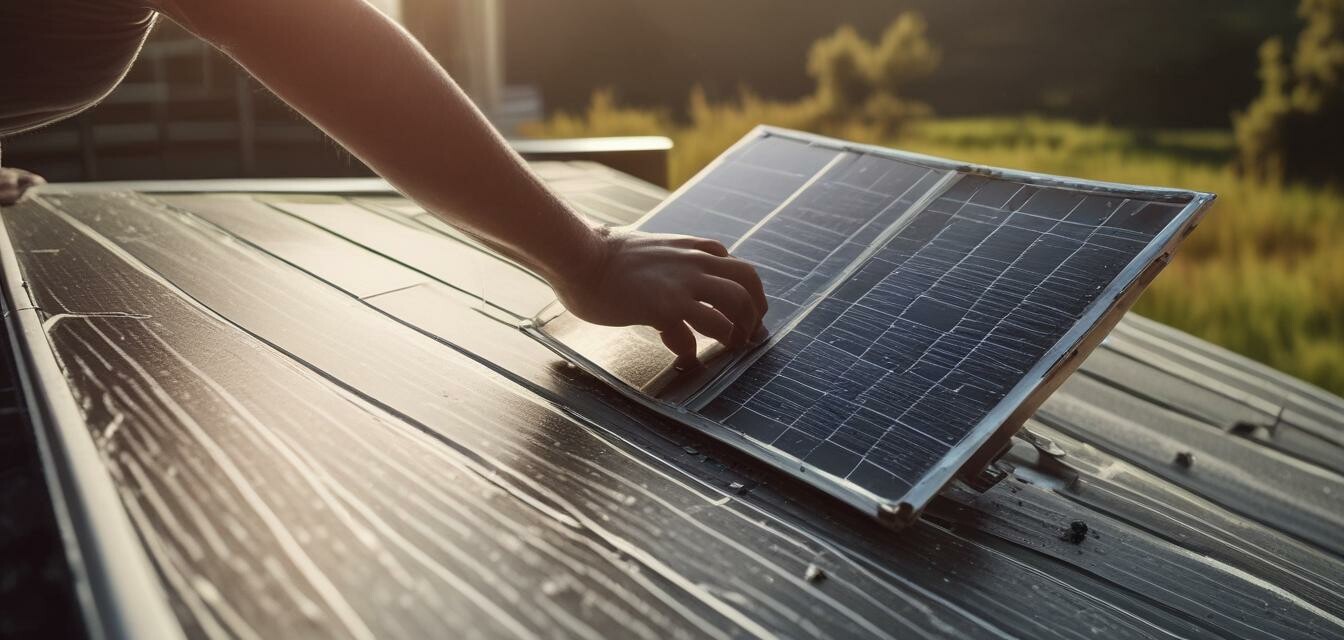
Inspecting the Shelter's Fabric and Seams
The fabric and seams of your solar-powered camping shelter are critical components that require regular inspection. Look for any signs of wear, tears, or damage, and repair or replace them as needed. Use a waterproof sealant to reinforce the seams and ensure the shelter remains waterproof.
Storing the Shelter
When not in use, store your solar-powered camping shelter in a dry, cool place away from direct sunlight. Avoid folding or compressing the shelter, as this can cause damage to the fabric and seams. Use a breathable storage bag or container to store the shelter, and ensure it is completely dry before storing.
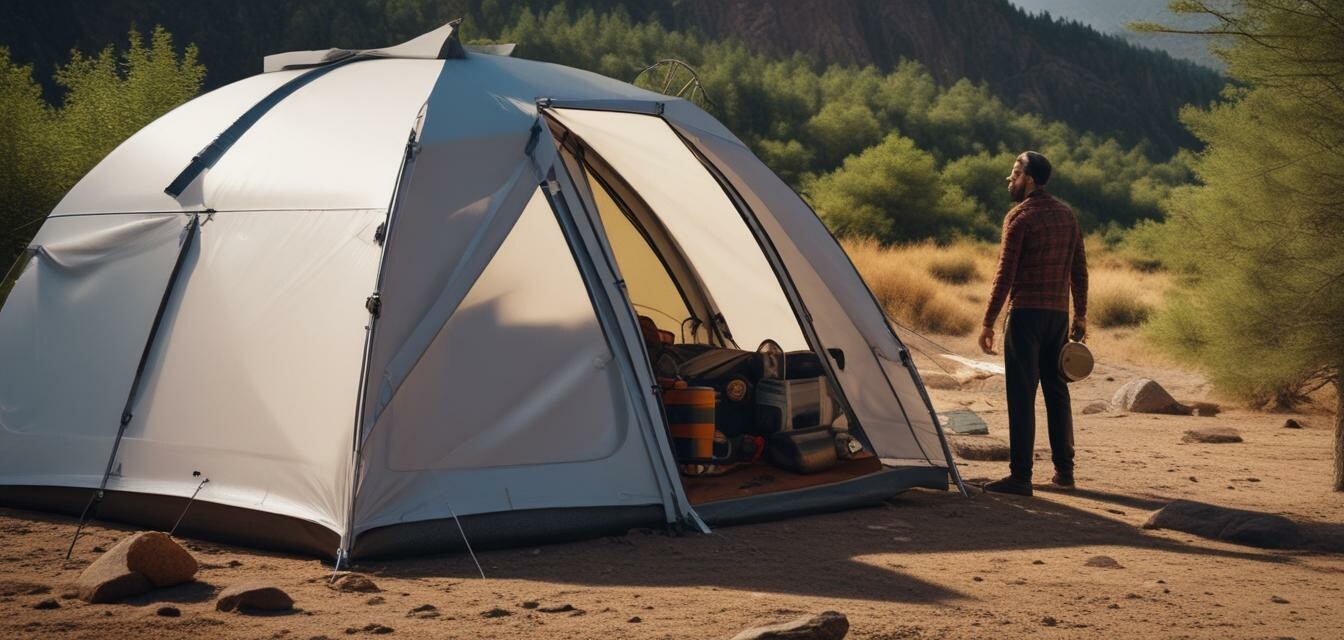
Routine Checks on Electrical Components
Regularly inspect the electrical components and connections of your solar-powered camping shelter to ensure they are in good condition. Check for any signs of wear, corrosion, or damage, and repair or replace them as needed. Use a multimeter to test the voltage and current output of the solar panels.
| Component | Check for | Repair/Replace |
|---|---|---|
| Solar Panels | Cracks, corrosion, or damage | Replace damaged panels |
| Electrical Connections | Corrosion, wear, or damage | Repair or replace connections |
| Batteries | Low voltage, corrosion, or damage | Replace damaged batteries |
Additional Tips
In addition to these essential maintenance tips, here are a few more to keep in mind:
- Solar cookers and grills require regular cleaning to ensure optimal performance.
- Solar lanterns and lights should be inspected regularly for signs of wear or damage.
- Solar-powered backpacks require regular cleaning and inspection to ensure optimal performance.
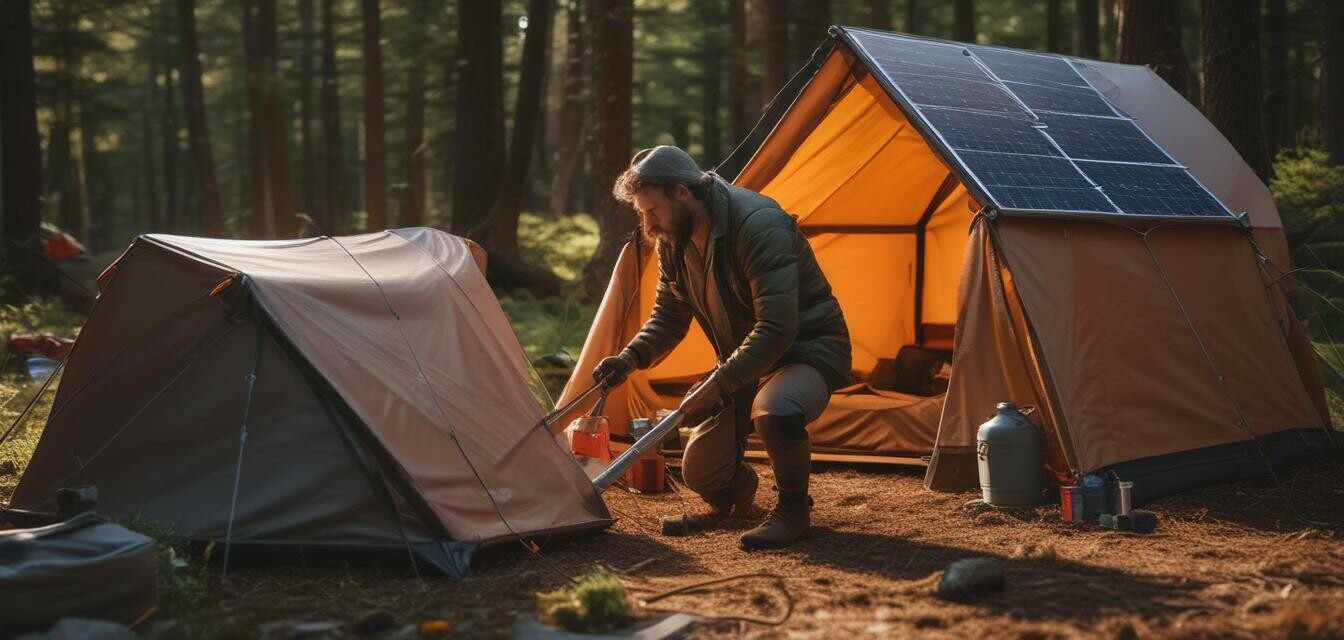
Benefits of Regular Maintenance
- Extended lifespan of the shelter and its components
- Optimal energy generation and performance
- Reduced risk of safety hazards and accidents
Consequences of Neglecting Maintenance
- Reduced energy generation and performance
- Damaged components and shelter fabric
- Increased risk of safety hazards and accidents
Beginners Section
- Start with a thorough inspection of your solar-powered camping shelter to identify any areas that require maintenance.
- Set a regular maintenance schedule to ensure you stay on top of maintenance tasks.
- Keep a maintenance log to track your progress and identify any recurring issues.

